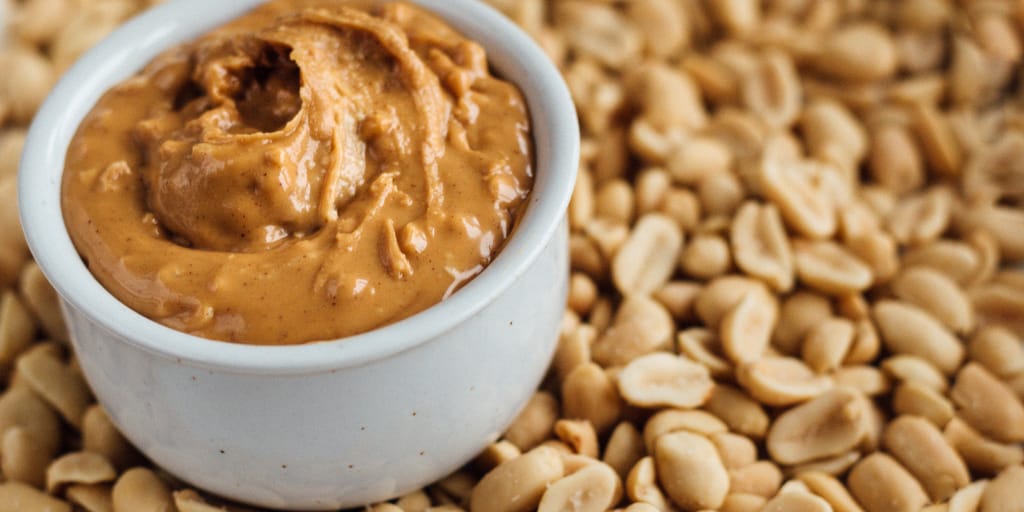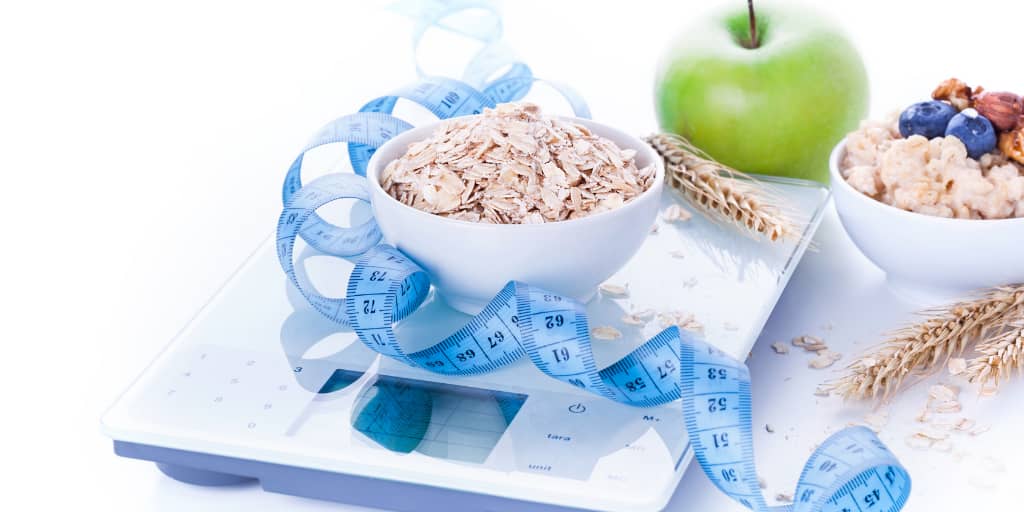Are you in the midst of a body fat loss plateau?
You’re lifting heavier weights. Feeling stronger every day. Your waistline is shrinking. Your arms are looking more defined and then…
Weeks seem to go by with no progress.
What the heck is up with that?

New here? Thanks for stopping by or welcome back. After you read this blog, be sure to check out some of my other articles for women over 50 who want to lose body fat, build muscle, create phenomenal bodies they love.
How do you know if you’ve hit a body fat loss plateau?
- How do I feel?
- Do I feel stronger, more energetic?
- How do my clothes fit? Muscle takes up less space so your clothes may fit looser.
- Have my measurements changed?
- Am I still tracking my food? Have I veered too far from my calories/macros?
- Am I still exercising with the right frequency and intensity?
- Do I feel I’ve been stuck for at least 60 days?
What to do when you hit a body fat loss plateau?
If it’s only been a few days or weeks, give it more time.
I know it’s hard to stay the course when it feels like it’s not working. Your body is adjusting.
Staying consistent with your nutrition and fitness plans is critical. This is also the point in time to double check what you’ve been doing.
I mentioned it above, but this is worth saying again…
- Are you tracking your calories and macros?
- Are you watching your portion sizes?
- Better yet, are you measuring the foods you eat?

Let’s take a look at peanut butter.
The peanut butter jar states a serving is 2T, which is 32 grams, 180 calories and 16g of fat.
Do you measure out the 32 grams or just grab a scoop out of the jar. If you’re scooping, how can you be sure you’re only getting 32 grams?
What if that scoop of peanut butter is 50g? Now, you’re eating 281 calories, which is 100 calories more than you might think you’re eating.

And, that’s just one small part of your daily meals. If you’re estimating serving sizes on other foods you may be eating several hundred calories more than you think you are.
So, before you make any other changes, I recommend you start measuring the foods you are eating.
Ok, you’ve been patient. You’re following your plan, measuring foods and it’s been about 60 days with what seems like no progress, now what?
It’s probably time to make some adjustments.
Potential adjustments to get out of a body fat loss plateau
Here are some ideas you might want to consider…
Reduce your carbs.

Many women find they do better with fewer carbs. Start with a slow and moderate reduction in carbohydrates. Carbs are still important as they are the primary source for energy.
Eat more protein.
Protein is essential for fat loss. It can also help you feel fuller and protects against muscle loss. A good rule of thumb is to eat .8 – 1.2 grams of protein per pound of body weight. To keep it simple, you can use 1 gram per pound of body weight as a guide.

Adjust your workouts.

Consider adding more steady state cardio, like walking, biking, or swimming. Continue with your strength training program.
Get plenty of sleep.
Make sure you’re getting plenty of sleep. Aim for 7 – 8 hours of sleep each night.

Reduce stress.

Both strength training and cardio can help reduce stress. For more tips, check this out. Stress can trigger the creation of Cortisol, which tends to increase belly fat storage. Click here for more info on losing belly fat.
Stay hydrated.
Being dehydrated can negatively impact your workouts and leave you feeling tired and lethargic. Dehydration may also reduce your rate of metabolism.

Reduce calories.

Depending on how many calories you are currently consuming, you may want to consider reducing your calories. Reduce calories slowly. Try reducing by 100 – 200 calories. Keep calories at or above 1300.
As we lose weight, our body needs fewer calories.
A plateau does not mean you have to keep cutting calories though.
We can only cut calories so much until it becomes a DIET.
A better option is to increase the calorie burn through exercise.
No diets for us!
Pin it now. Read it later.

